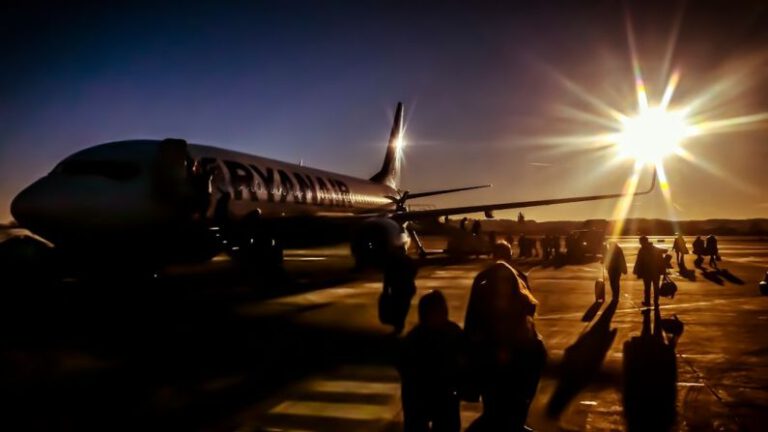Virtual Reality Check-ins: the Future of Airport Security
The world of airport security is constantly evolving to meet the growing demands of travelers while ensuring safety remains a top priority. One of the most promising advancements in this field is the implementation of virtual reality (VR) technology for passenger check-ins. By incorporating VR into the airport security process, authorities aim to streamline procedures, enhance security measures, and provide a more efficient and enjoyable experience for passengers.
Enhancing Passenger Experience
Traditional airport security procedures often involve long queues, tedious checks, and a general sense of inconvenience for passengers. With the integration of VR technology, the check-in process can be transformed into a more engaging and interactive experience. Passengers can virtually navigate through security checkpoints, select their preferences, and even practice security protocols in a realistic VR environment. This not only reduces waiting times but also empowers passengers to take an active role in their own security screening process.
Increasing Security Measures
In the face of evolving security threats, airports are constantly seeking innovative ways to enhance their security measures. VR technology offers a unique opportunity to simulate potential security breaches and train security personnel in a controlled virtual environment. By immersing security staff in realistic scenarios, they can develop better response strategies and improve their overall preparedness for any security incident. Additionally, VR check-ins can incorporate biometric identification features, such as facial recognition or fingerprint scanning, to further bolster security measures and prevent unauthorized access.
Streamlining Check-in Procedures
The use of VR technology in airport security can significantly streamline the check-in procedures for passengers. By allowing travelers to complete necessary documentation, such as passport verification and boarding pass issuance, in a virtual environment, the need for manual checks and physical documents can be greatly reduced. This not only speeds up the check-in process but also minimizes the risk of errors or discrepancies that may arise from manual data entry. Furthermore, VR check-ins can provide real-time updates and notifications to passengers, keeping them informed about any changes or delays in their travel itinerary.
Improving Accessibility and Inclusivity
Virtual reality check-ins have the potential to improve accessibility and inclusivity for passengers with special needs or disabilities. By offering alternative methods for completing security procedures, such as audio prompts or visual aids, VR technology can cater to a wider range of passengers and ensure that everyone can navigate the check-in process with ease. Additionally, VR check-ins can provide multilingual support, making it easier for international travelers to understand and follow security protocols regardless of language barriers. This inclusivity not only enhances the overall passenger experience but also demonstrates a commitment to accommodating diverse needs within the airport environment.
Fostering Innovation and Collaboration
The integration of VR technology in airport security represents a significant step forward in fostering innovation and collaboration within the aviation industry. By embracing cutting-edge technologies, airports can stay ahead of the curve and adapt to the changing landscape of security challenges. Collaborations between technology providers, security agencies, and airport authorities can further enhance the effectiveness of VR check-ins and ensure that best practices are shared across the industry. This collaborative approach not only benefits passengers by providing a safer and more efficient travel experience but also sets a new standard for security protocols in the aviation sector.
Embracing the Future of Airport Security
As airports continue to explore new ways to enhance security measures and improve passenger experience, virtual reality check-ins emerge as a promising solution for the future of airport security. By leveraging the immersive capabilities of VR technology, airports can revolutionize the way passengers interact with security procedures, increase the effectiveness of security measures, and create a more inclusive and collaborative environment within the aviation industry. With ongoing advancements in technology and a commitment to innovation, virtual reality check-ins are set to redefine the airport security experience and shape the future of travel for years to come.





